Featured Story PET Projects
Recent advances in positron emission tomography are reshaping fields from oncology to psychiatry. For patients, “theranostics” holds the potential to be a lifesaver.
Recent advances in positron emission tomography are reshaping fields from oncology to psychiatry. For patients, “theranostics” holds the potential to be a lifesaver.
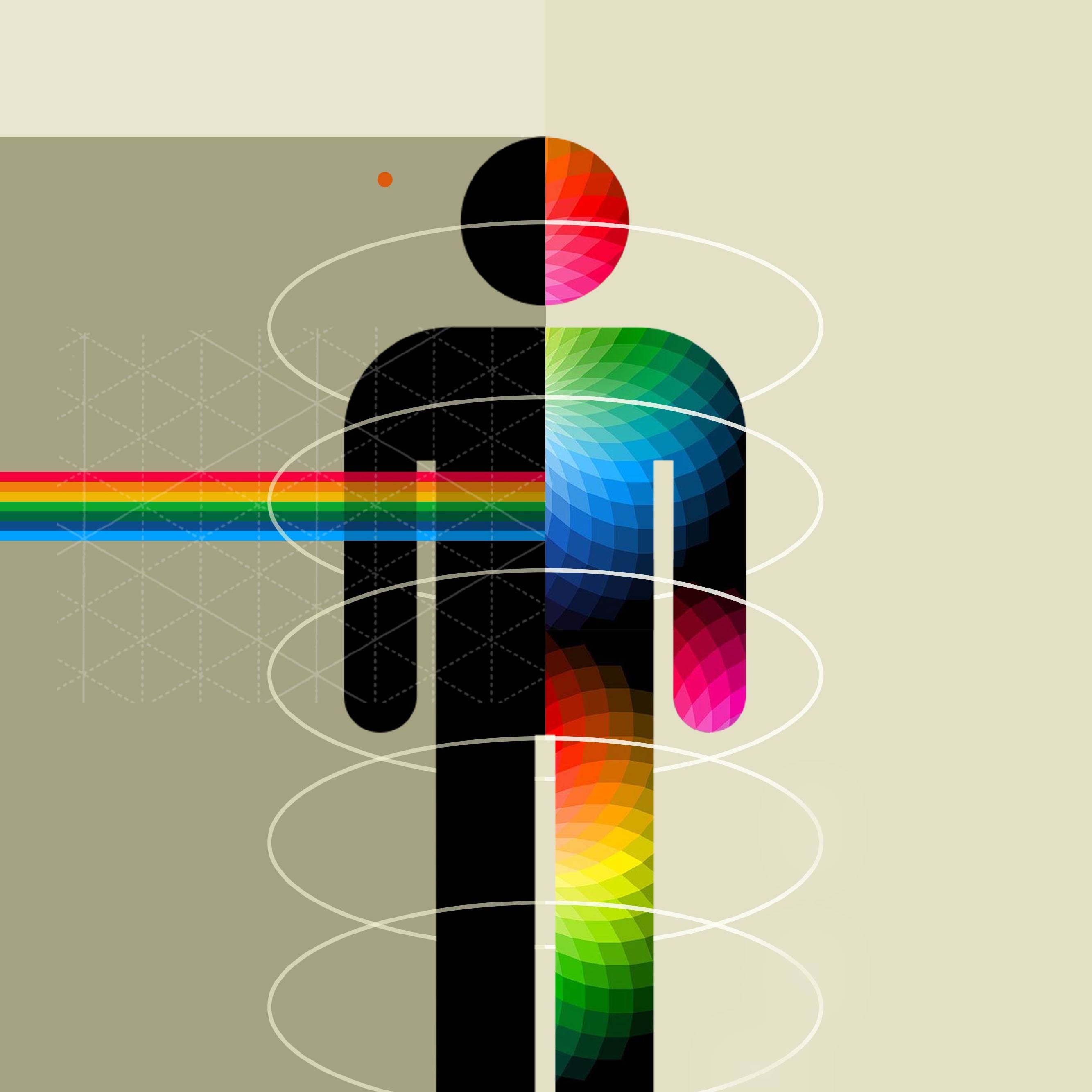
While advances in immunotherapy have dramatically improved cancer survival, unleashing the immune system can lead to a host of adverse — sometimes life-threatening — reactions. How can patients pay less of a price?
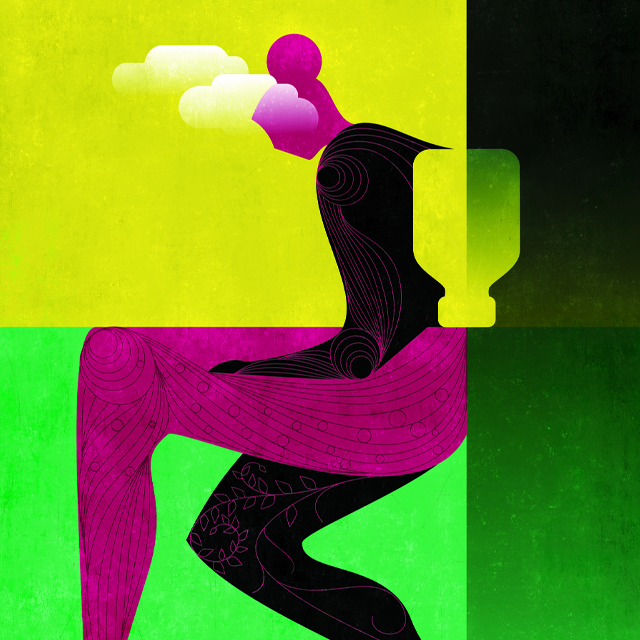
Transplant recipient Sara Kathryn Smith — the new medical director of pediatric liver transplantation — has a hard-won perspective on what it means to live with advanced liver disease.

Intent on connecting more fully with their patients, trainees aim to rediscover what drew them to medicine in the first place.
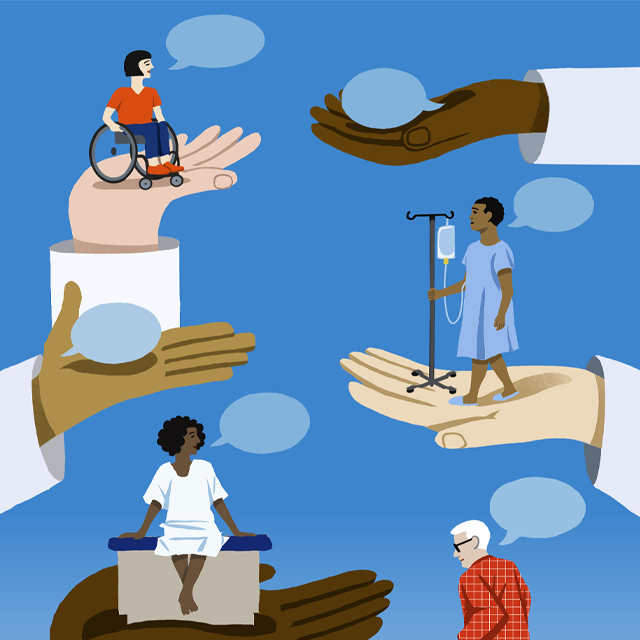
When the elevator doors open to the subbasement of The Johns Hopkins Hospital’s Sheikh Zayed Tower, a colorful mural comes into view.
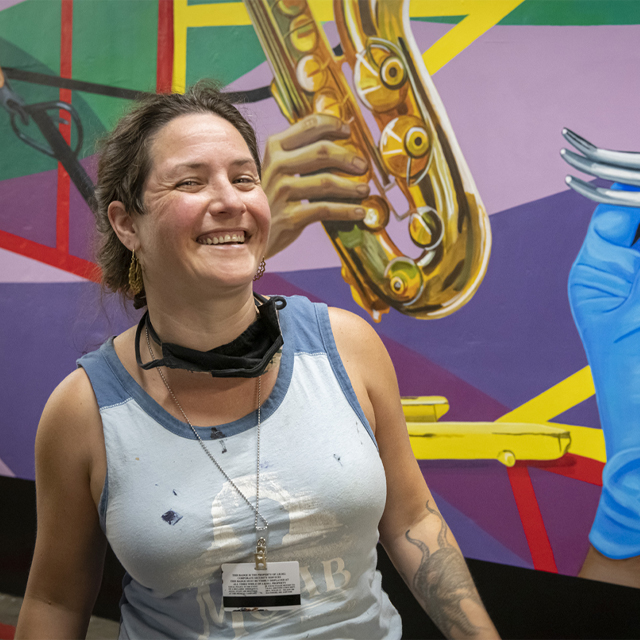
To study how best to treat potentially dangerous infections commonly seen in people with underlying chronic medical conditions, two infectious disease experts at Johns Hopkins Medicine have been awarded $10 million in research funding over five years by the Patient-Centered Outcomes Research Institute.
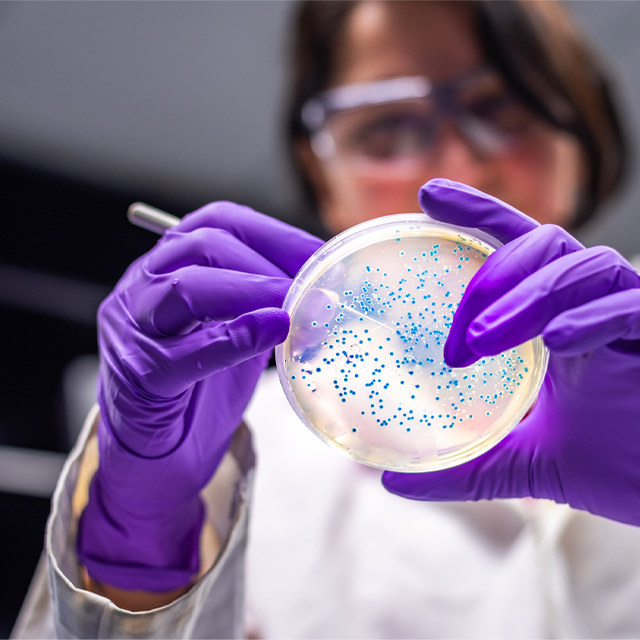
People with disabilities face many barriers to being included in and benefiting from STEM.

In Sierra Leone, Africa, maternal mortality is among the highest in the world, with about one in 20 women dying as a result of pregnancy or childbirth, according to the latest United Nations estimate.

Some 10% to 20% of the nearly half a million Americans who contract Lyme disease annually go on to develop post-treatment Lyme disease. The chronic illness can be marked by fatigue, muscular pain, insomnia, depression and cognitive difficulties, such as trouble with concentration and memory.
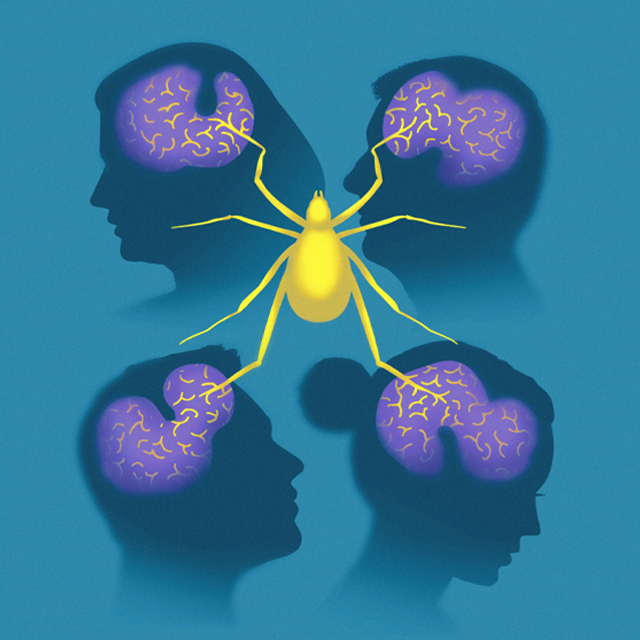
Hydrocephalus, often referred to as “water on the brain,” is a life-threatening buildup of cerebrospinal fluid that affects one in every 770 babies and is the leading cause for brain surgery in children.

Looking for answers about how the brain works amid age-related hearing loss, Johns Hopkins Medicine researchers say they found that old mice were less capable than young mice of “turning off” certain actively firing brain cells in the midst of ambient noise.

The patient in front of neurosurgeon Allan Belzberg had experienced decades-long chronic pain affecting nearly every aspect of his being. But his life was about to change.

Conventional rehabilitation usually focuses on one area of physical function, such as the way a person walks or how they use their hands. At the Johns Hopkins Precision Rehabilitation Center of Excellence, researchers and clinicians focus on multiple facets of function and emphasize a “whole-person” method.
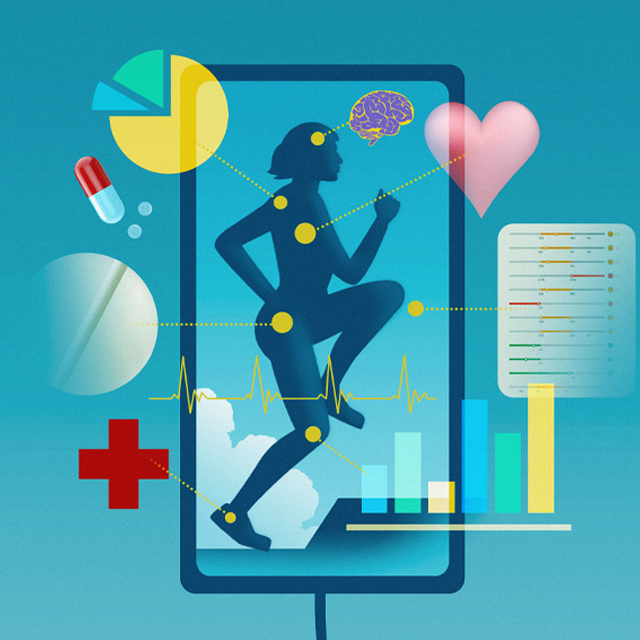
The Johns Hopkins Hospital has been recognized as a Million Hearts Hospital for its excellence in preventing heart attacks and strokes.

Trainees frequently take less leave than what their institutional policy allows because they’re afraid that their skills are not going to be up to par.

In the early days of the COVID-19 pandemic, Jeremy Greene, like other clinicians, turned to telemedicine as a way to keep his patients at an East Baltimore community health center safe from the contagious disease.
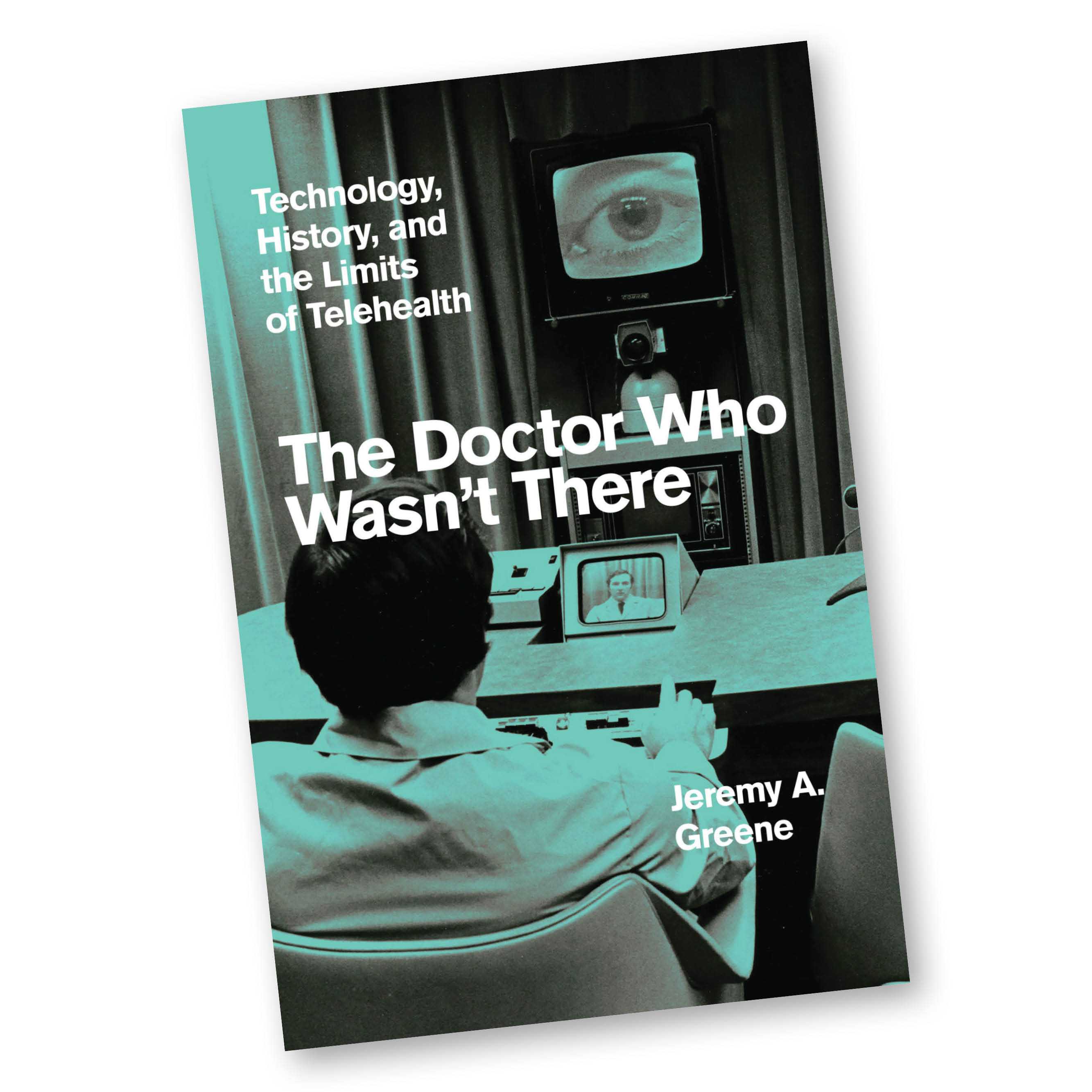
Drummond provides valuable health information within the Black community and beyond.
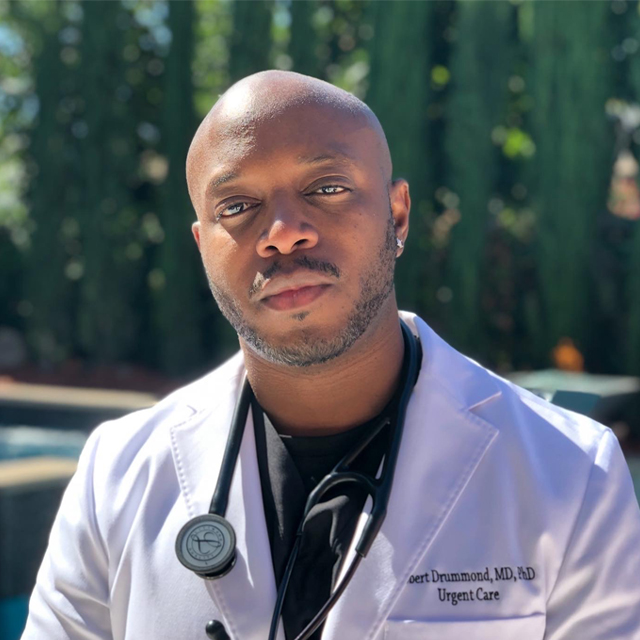
Cuneo leads a collaborative to assist people displaced from their home countries.
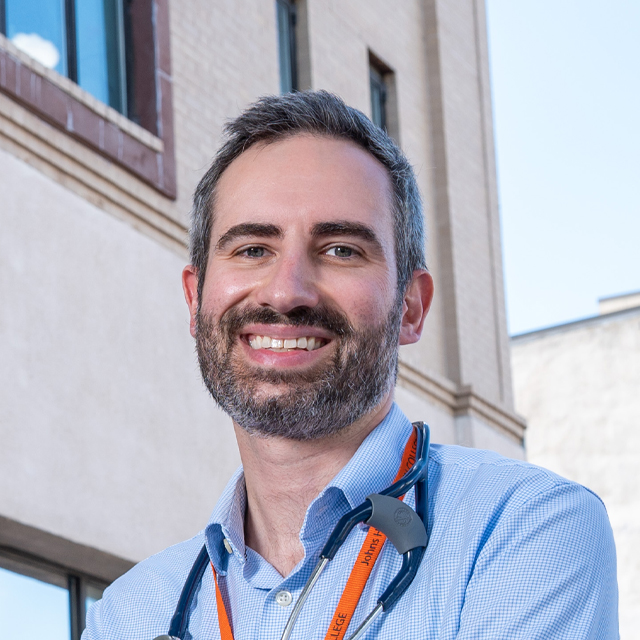
After leaving Johns Hopkins in 2011 to direct the cancer center at the University of Pennsylvania, Chi Dang (Osler, 1982) has returned to JHU “to reinvigorate” his research program.

Drachman helped propel neurology into its modern age.
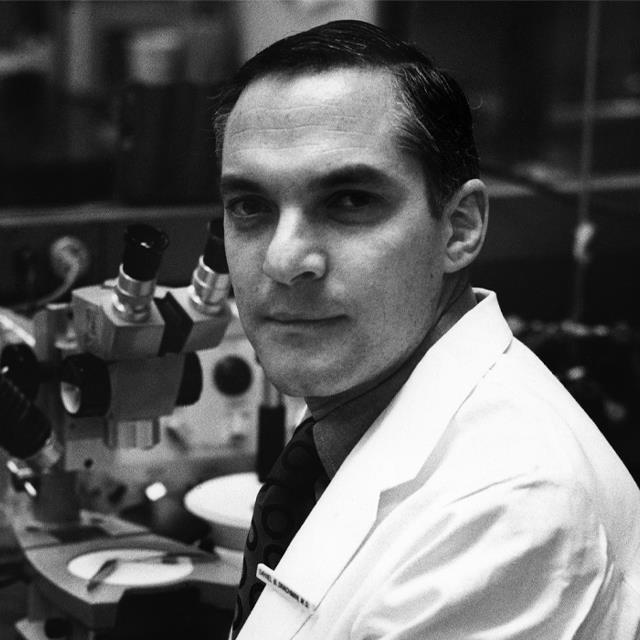
Young’s impact on patients was multifaceted.
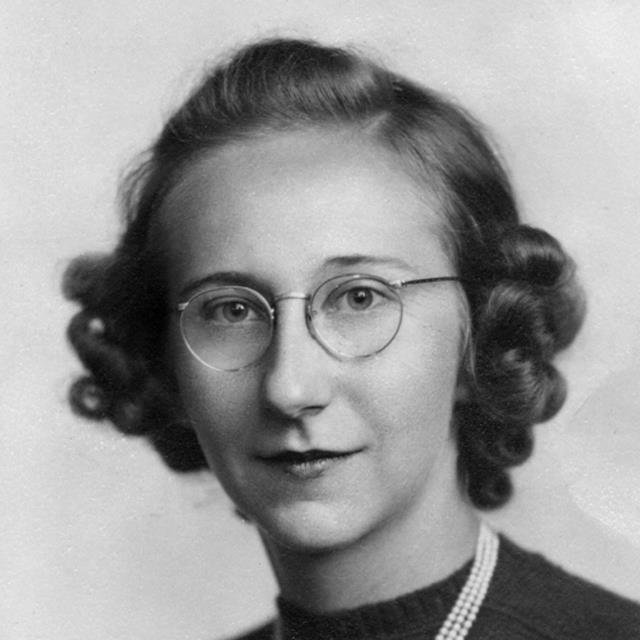
Johnston was an international icon in child neurology.
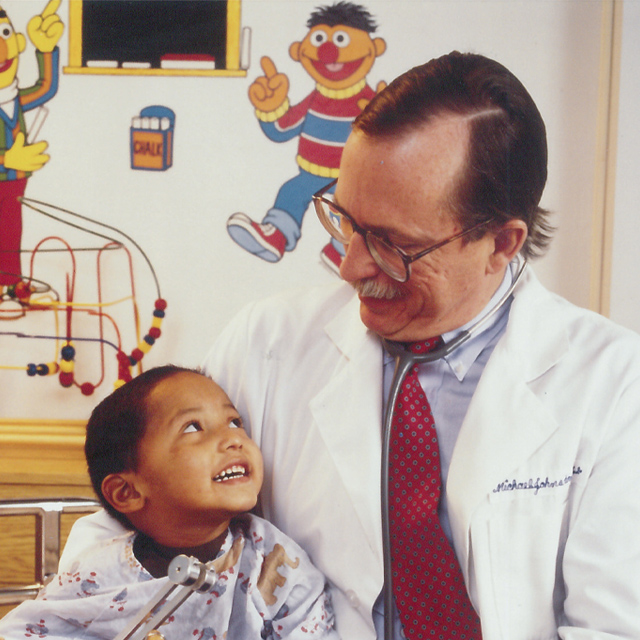
Three alumni tell how their own student experience shapes their work here as department directors.

It’s time to change the paradigm to allow patients to track their contributions to biomedical research.
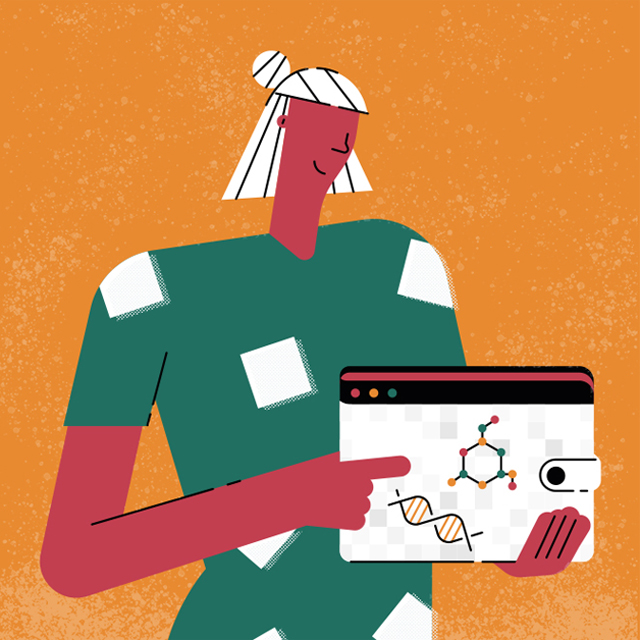
Our patient-focused tripartite mission changes lives every day.
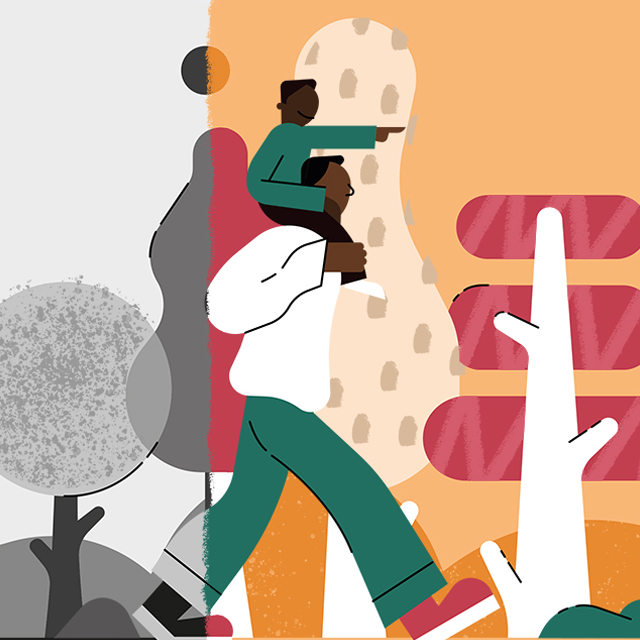
This issue's note from the editor, plus letters from our readers.
